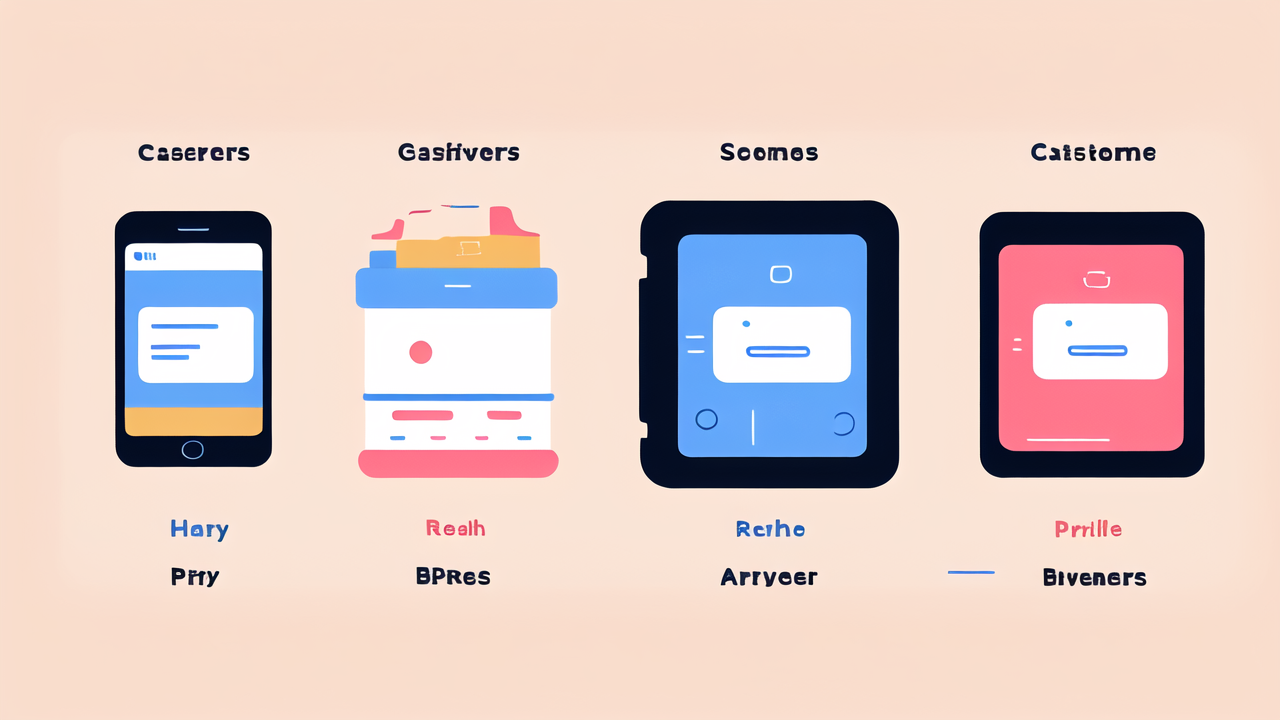The Evolution of Wearable Technology in the United States
The Rise of Smartwatches and Their Impact on the Wearable Market
Smartwatches have revolutionized the wearable tech market in the US. These devices combine style and function, offering users a compact computer on their wrist. The market has seen rapid growth, with major players like Apple and Samsung leading the charge. Consumers are drawn to the convenience of having notifications, fitness tracking, and communication tools at their fingertips. The rise of smartwatches has also spurred innovation in other wearable devices. This has led to a more diverse and competitive market. As a result, consumers now have a wide range of options to choose from, catering to different needs and preferences.

From Fitness Trackers to Smartwatches: The Expanding Capabilities of Wearables
The journey from basic fitness trackers to full-fledged smartwatches has been remarkable. Early wearables focused mainly on step counting and sleep tracking. Today's smartwatches offer a wealth of features. These include heart rate monitoring, GPS tracking, and even ECG capabilities. The evolution has been driven by advances in sensor technology and software development. Smartwatches now serve as personal health assistants, productivity tools, and entertainment devices. This expansion of capabilities has broadened their appeal beyond fitness enthusiasts to a wider consumer base.
Key Drivers of the Growing Wearable Technology Industry
Several factors have fueled the growth of the wearable technology industry:
- Miniaturization of components
- Improved battery life
- Enhanced connectivity (5G, Bluetooth)
- Integration with smartphones and other devices
- Growing health consciousness among consumers
- Increased focus on data-driven insights
These drivers have made wearables more practical and appealing to consumers. The industry has also benefited from partnerships between tech companies and fashion brands. This collaboration has resulted in devices that are both functional and stylish. As technology continues to advance, we can expect even more innovative features in future wearables.
Analyzing Consumer Behavior and the Demand for Smartwatches
The Role of Convenience and Lifestyle in Wearable Adoption
Convenience plays a crucial role in the adoption of smartwatches. These devices offer quick access to information and services without the need to reach for a smartphone. This seamless integration into daily life has made smartwatches increasingly popular. They cater to the fast-paced lifestyle of modern consumers who value efficiency and multitasking. Smartwatches have become extensions of our digital lives, allowing us to stay connected on the go. The ability to customize these devices also appeals to users who want to express their personal style.

Understanding the Health-Conscious Consumer: Fitness and Wellness Trends
The rise of health-conscious consumers has significantly boosted smartwatch demand. These devices offer comprehensive health tracking features that appeal to fitness enthusiasts. From step counting to heart rate monitoring, smartwatches provide valuable health insights. Many models now include advanced features like stress tracking and sleep analysis. This focus on holistic wellness aligns with growing consumer interest in preventive healthcare. Smartwatches empower users to take control of their health by providing actionable data.
Brand Loyalty in the Smartwatch Market: What Makes Consumers Choose One Over Another?
Brand loyalty plays a significant role in smartwatch purchasing decisions. Factors influencing consumer choice include:
- Ecosystem integration (e.g., Apple Watch with iPhone)
- Design and aesthetics
- Battery life and durability
- Range of features and apps
- Price point
- Brand reputation and customer support
Established tech brands often have an advantage due to their existing customer base. However, new entrants can gain market share by offering unique features or competitive pricing. Consumer reviews and word-of-mouth recommendations also heavily influence purchasing decisions. Brands that consistently deliver quality products and after-sales support tend to build strong customer loyalty.
The Impact of Wearable Technology on Various Industries
How Wearable Tech is Revolutionizing the Healthcare Sector
Wearable technology is transforming healthcare delivery and patient monitoring. Smartwatches and other wearables collect valuable health data in real-time. This information helps healthcare providers make more informed decisions. Patients can track their vital signs and receive alerts for potential health issues. Wearables also promote preventive care by encouraging healthy habits and early detection. In clinical settings, these devices streamline data collection and improve patient engagement. The integration of AI and machine learning is further enhancing the diagnostic capabilities of wearables.

The Influence of Smartwatches on the Fitness Industry
Smartwatches have become indispensable tools for fitness enthusiasts and athletes. They offer features like:
- Accurate workout tracking
- Personalized training plans
- Real-time performance feedback
- GPS mapping for outdoor activities
- Social sharing and competition features
These capabilities have revolutionized how people approach fitness. Gyms and fitness studios are adapting by integrating smartwatch data into their programs. Personal trainers use this information to create tailored workout plans. The fitness industry has also seen a rise in smartwatch-compatible equipment and apps. This trend is likely to continue as wearable technology becomes more sophisticated and widespread.
Wearable Technology in the Workplace: Enhancing Productivity and Safety
Wearable technology is making inroads into various workplace settings. Smartwatches and other wearables can boost productivity and improve safety. In office environments, they help manage schedules and streamline communication. For field workers, wearables provide hands-free access to important information. In industrial settings, these devices can monitor environmental conditions and worker health. This helps prevent accidents and improve overall workplace safety. As more companies adopt wearable tech, we can expect to see new applications emerge across industries.




Leave a comment
This site is protected by hCaptcha and the hCaptcha Privacy Policy and Terms of Service apply.